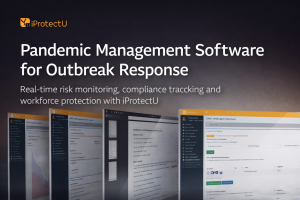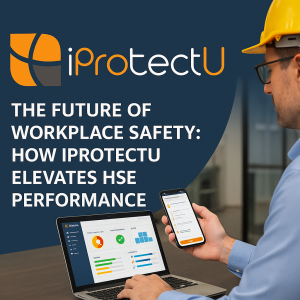Overview
Many school buildings constructed or refurbished from the 1950s to the year 2000 are partially comprised of Asbestos Containing Materials (ACMs). If properly managed, the presence of asbestos in your school or college should not pose a risk. Undamaged, sealed ACMs do not release fibres. However, if ACMs are disturbed or damaged, asbestos fibres can be released into the air and breathed in by building occupants. This is more of a risk as ACMs age and deteriorate. Exposure to asbestos puts individuals at risk of contracting serious diseases in later life. Building and maintenance work are most likely to lead to the disturbance of ACMs in schools. ACMs may also be disturbed through vandalism and everyday impact.
Employers of educational establishments have a responsibility to protect the health and safety of their employees, students, visitors and others that use the premises from harm due to known or foreseeable hazards, including asbestos.
Planned Preventative Maintenance
This includes the Asbestos Management Survey, the Asbestos Risk Assessment and the Asbestos Management Plan. Outlined below are the steps required to meet the core requirements for day-to-day asbestos management in your school or college.
Asbestos Management Survey
An Asbestos Management Survey should be undertaken by a competent surveyor. The exception to this is if all the structures on site were wholly constructed since the year 2000.
The survey should establish the location, type and condition of ACMs. It should provide a current and accurate asbestos register to reflect the presence and condition of ACMs within accessible areas. It should also identify the inaccessible areas within buildings where the presence of asbestos is presumed or cannot be ruled out. The register should include photographs to make it easier to measure any damage or deterioration to ACMs.
Asbestos Risk Assessment
Based on the findings of the survey, the surveyor will assess the potential health risks associated with the identified ACMs and recommend appropriate mitigation measures.
As a school/college, it may be worth completing your own internal risk assessment following this, to outline what you are doing to manage the risk of asbestos. Check out our iProtectU Risk Assessment Software. We provide a comprehensive range of risk assessment templates.
Asbestos Management Plan (AMP)
A current AMP is essential to safe management of asbestos. The plan should set out your day-to-day management arrangements for controlling the risks from ACMs during normal and foreseeable activities in the premises. The AMP should be readily accessible.
The AMP should include:
- The leadership statement on ownership of the risk and training arrangements for staff
- Plans for any necessary work identified from the risk assessment
- The asbestos register
- Ongoing arrangements to monitor and record the condition of ACMs including arrangements for actively managing the potential risk from presumed or ‘hidden’ asbestos
- Procedures for controlling maintenance work undertaken at the school or college
- Emergency procedures to be actioned in the event of disturbance of ACMs
- Communication arrangements for sharing the plan with staff and visitors
- Reporting and escalation procedures, where any damaged asbestos is noted
Review
Regular review of the AMP and asbestos register is important, including associated remedial actions. Annual review is recommended. In addition, the asbestos register and AMP should be updated as circumstances change such as building works, new information or changes to key staff. Communicate any changes to the asbestos register or the AMP to all staff.
Asbestos Safety Training
All staff should be made aware of asbestos management documents.
Those with explicit asbestos responsibility, i.e. premises staff, should be given suitable asbestos training and time to carry out the associated work alongside their existing obligations. There should also be business continuity deputies for those with responsibility, to avoid situations where there are no responsible staff on site at the time of an incident or query regarding asbestos materials.
Anyone liable to disturb asbestos during their work, or who supervises such employees, should receive the correct level of information, instruction and training to enable them to carry out their work safely and competently. This includes agency, catering, premises and maintenance staff. It is essential to train contractors and communicate information pertaining to ACMs.
Those responsible for health and safety should make information about the location and condition of any asbestos or suspected asbestos available to the emergency services if required.
The HSE’s Management of Asbestos in School Buildings 2022/23 Inspection Report
The good news is that most schools were found to be managing asbestos in their buildings effectively. A small number of schools (7%) had significant failings in their systems, meaning enforcement action was required to address them.
Managing asbestos in schools and colleges is crucial to protect the health of students, staff, and visitors. By following proper procedures, educational establishments can help create a safe and healthy environment for everyone.









